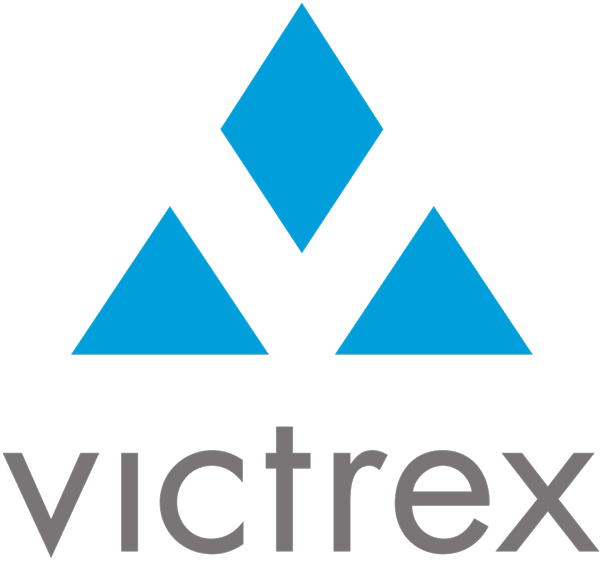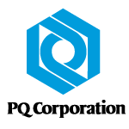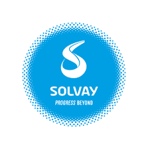Laser scanning offers a cost effective, efficient and easy to use solution to many engineering applications and the benefits of this new technology are vast. It will reduce costs through shortening total design time, eliminating clashing between new infrastructure and current installations and allow access to remote areas that previously would have required scaffolding or the use of a cherry picker. It is estimated that total project costs can be reduced by 10% through use of the laser scanner.
About Laser Scanning
Laser scanning records and transfers the survey area into a digital computer format that can be analyzed remotely. It captures the shape of any physical object allowing measurements to be taken easily and is commonly used to accurately capture and store “as-built” or “existing” information, often from safe remote locations, to assist the design process.
As well as providing a fly through view of any structure or building it can also generate plan and section views. Combining this with the known relative densities of each point allows an image or mesh to be superimposed over the top of the point cloud to create a reconstruction.
After scanning a site or building, the information can be exported onto the Internet for use with Leica’s TruView technology. This will allow any third party to have access to the 3D scan without the need for expensive software. From the TruView environment measurements can be taken and engineers can work together on the same project from various locations.
Benefits
The use of 3D laser scanners allows you to add value to your project in a cost effective way. Some of the benefits of this technology includes:
- Lower cost as-built drawings and topographical surveys
- Elimination of costly ‘return visits’ to the site
- More accurate and complete, creating less construction rework
- Reduced facility downtime due to fast, unobtrusive scene capture and minimal field fit-up, field fabrication and field rework
- Inaccessible locations can now be safely surveyed without the need for costly scaffolding or the use of cherry pickers
- Faster and better quality results
- Shorter project cycle times
- Higher level-of-detail and safer, unobtrusive data capture
- Point clouds can be conveniently used and reviewed by others for more efficient management of projects
Civil engineers, plant designers, CAD professionals, architects, contractors, owners and operators can all reap the cost and added value benefits that our surveying equipment provides.
Applications
Archaeological & Heritage Sites: Laser scanning can be used on any size of heritage site to produce a 3D record of the site with ease. In many cases the scan has then formed part of a visitor centre attraction, adding value to a site. Laser scanning will ensure that all future generations can have access to historical landmarks and also provides a basis from which restoration can be undertaken. Other uses include visual impact assessments, measured building surveys, asset management, redevelopment and elevation drawings.
Civil Engineering: The 3D scans are used on all sites to scan areas to provide accurate survey data. The scans can be used in conjunction with the Tekla structural steel design modelling package to assess whether there will be any clashes between current structural frames and planned installations. Other civil uses include topographic surveys, engineering surveys, volumetric modelling, extraction modelling, slope modelling, embankment modelling, erosion monitoring, quarry surveys, land development, restricted access surveys and costal defences.
Mechanical Engineering: In a similar way to civil projects, the scanner will allow analysis of all sites much faster than total station analysis. In many cases, such as complex pipe networks, the 3D scan allows a new pipe to be fitted virtually before being installed on site, thereby eliminating risk and maximizing efficiency on site. Other mechanical applications include plant modelling, site surveys, as-built surveys, retrofit design, setting out, machine alignment and clearance assessment.
Nuclear Inspection: In an industry where safety comes first, 3D laser scanning comes into its own. Any inspection on a nuclear site is expensive and time consuming, often requiring the entire site to be shut down. By using a 3D scanner the site can be analysed remotely, allowing components to be checked from the safety of the office. This vastly reduces the amount of time spent on site potential exposure to harmful radiation.

















